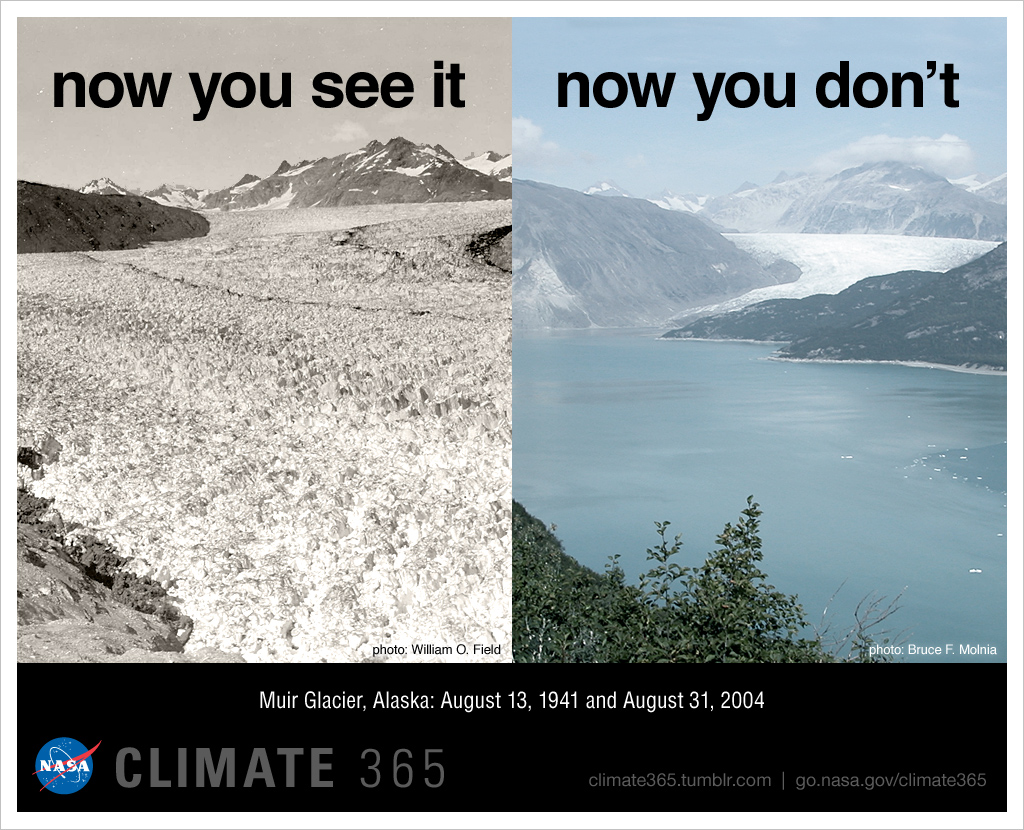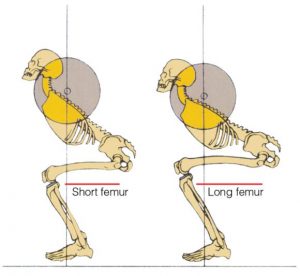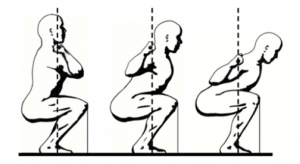UBC researcher’s serendipitous discovery could influence a greener method in the gel production industry.
Graduate student Lev Lewis of the Department of Chemistry at the University of British Columbia unexpectedly developed a simple method to form gels from cellulose nanocrystals.
First off, let’s break down what a cellulose nanocrystal (CNC) actually is. Cellulose is one of the most, if not the most abundant molecule produced by plants. It is responsible for the strength, structure, and form that allows you to hold a flower up by its stem. Next in order, a nanocrystal is basically a small crystal. Now how small are we talking? A nanocrystal, is a crystal smaller than 200 nanometers. To put this value in perspective, the diameter of a hair is roughly 100,000 nanometers across. In other words, these CNCs that Lev is working with are really really small crystals.
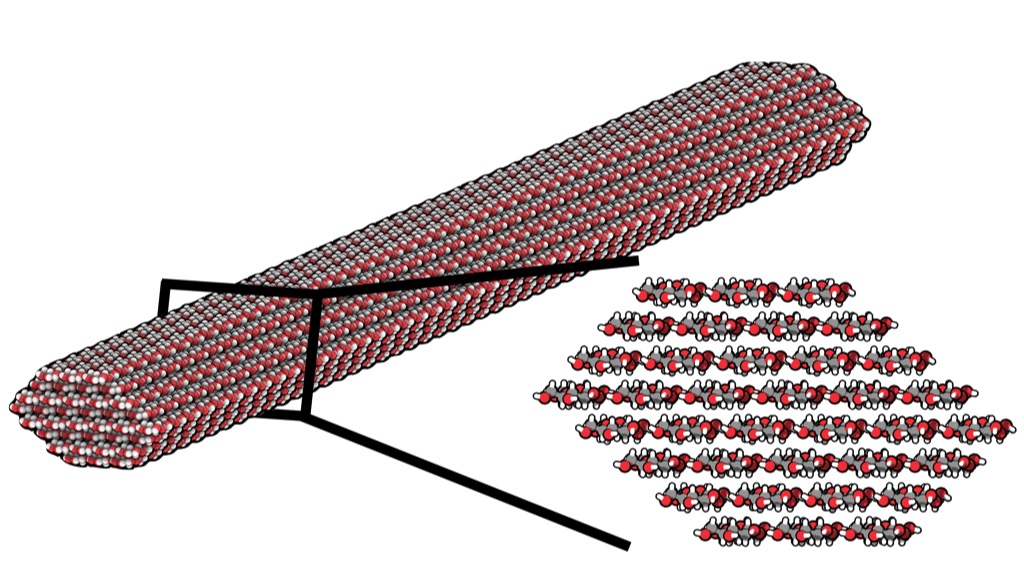
Graphic representing the molecular structure of CNCs which is composed of chains of individual cellulose molecules. Image courtesy of yalescientific.org via the Keten lab.
Lev found that by simply heating a CNC-water mixture under high pressure, this would yield the liquid to thicken into a gel.
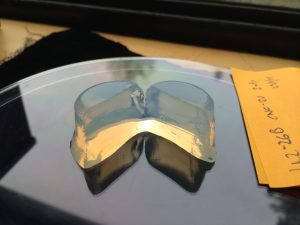
Gel made using CNCs under high pressure and high temperature. Picture courtesy of Lev Lewis.
He attributes this unexpected formation of gel to the desulfation of CNCs (or the removal of sulfur groups) which causes the crystals in the mixture to become unstable, thus forming a gel. The following audio clip describes the process of desulfation using a candy analogy we all can understand.
Constructing gels using this method is an attractive objective because it’s easy, it’s green, and it uses cellulose which is renewable resource. These gels are used in a wide variety of products including diapers, contact lenses, insulation, and tissue scaffolds to list a few. Perhaps one of the most possibly important applications of these gels is in drug delivery. Lev explains that gels could be used to treat cancer instead of the traditional method of chemotherapy. Due to the physical properties of a gel, we could inject them into the cancerous area of the body needing treatment and expect them to stay put. This allows treatment to be localized as opposed to chemotherapy that wreaks havoc on the entire body. The following video elaborates on CNCs and their applications.
VIDEO HERE
Currently, CNCs can be obtained from wood pulp. Seeing as the world is increasingly making the shift from paper to digital, there’s a lot of wood pulp, which is used to make paper, going to waste. Due to the ease and accessibility of materials of Lev’s method of gel formation, large scale industries that use gels in their products could adopt this method, thus providing an outlet for all the unused wood pulp being produced.
~Lindsey Belsher, Jennifer Jung, Uzair Ahmed





